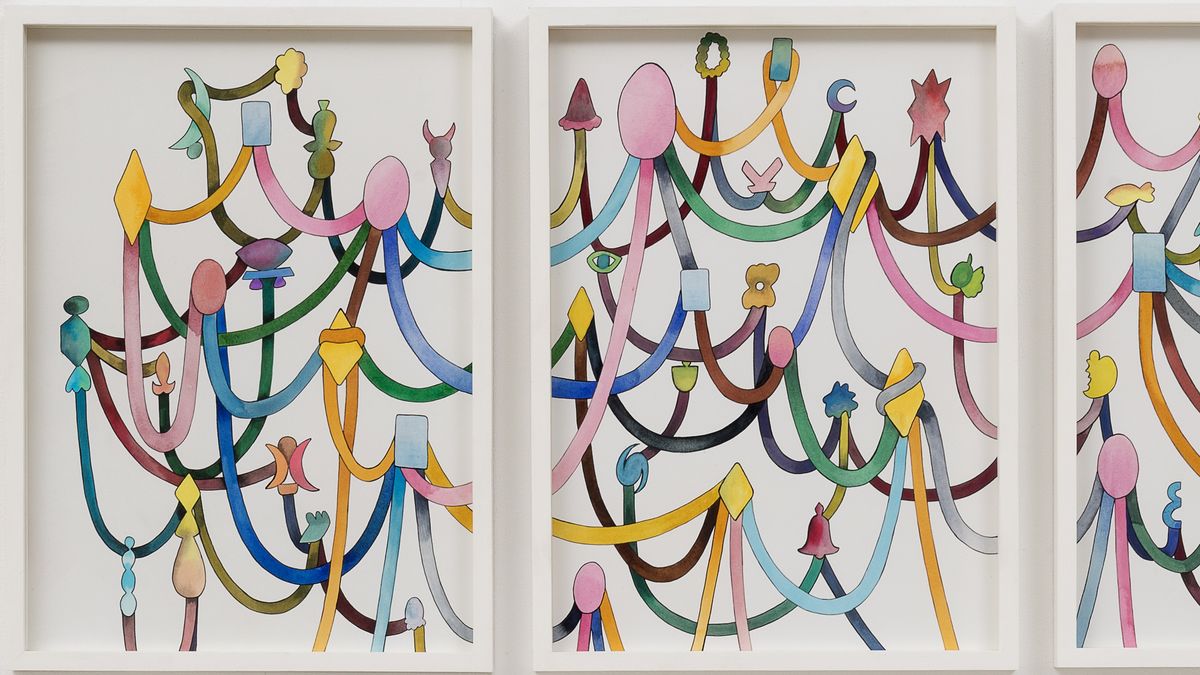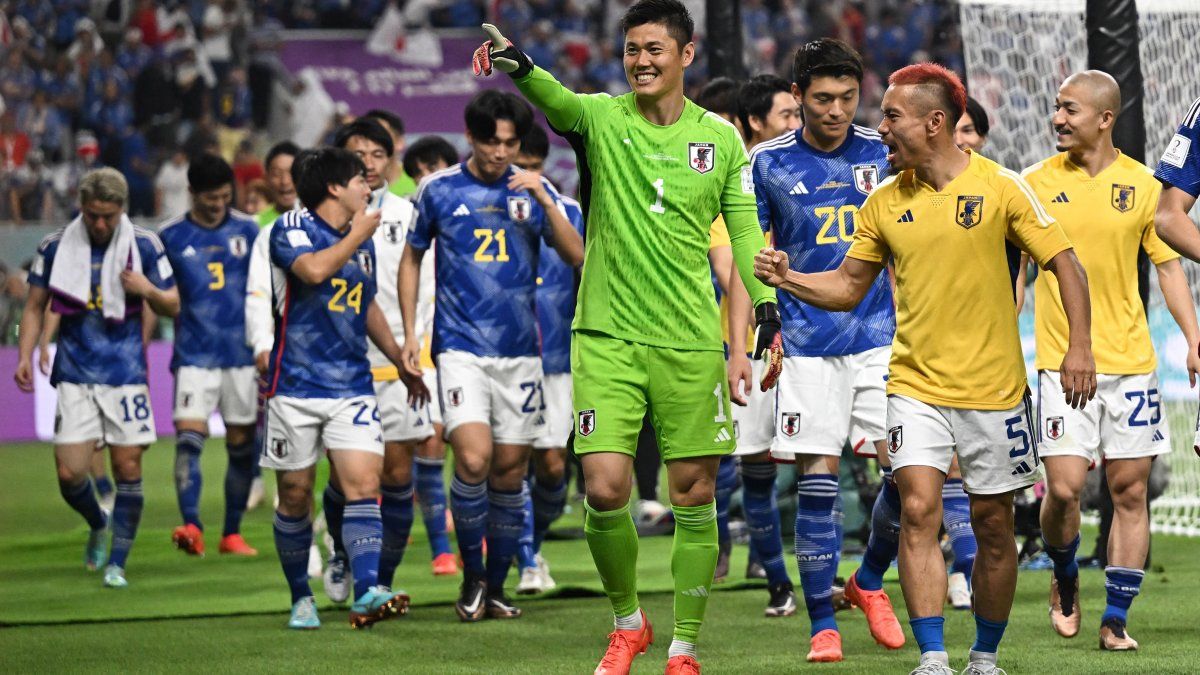Art auctioneers rarely hire a curator. However, the Roldán house, which tomorrow ends “Pop Extremo” for solidarity purposes, delegated the curatorial work to Laura Batkis. This is how it presents a stylish finish.
Around 50 works donated mostly by emerging artists in order to purchase medical equipment for the Churruca Visca Hospitalmake up the selection. And the set brings back the memory of the art of the 90s. Pop is the common thread of the exhibition. But the presentation reveals a firm stylistic kinship between the artists born in the 80s and 90s, with the playful art that emerged at the Rojas Cultural Center and the Beauty and Felicidad space.
There is a taste for crafts and collage, expressions of love and sweetness, as well as iconography related to childhood. “There is no single line that groups this new community of artists, but there are some characteristics they share. The return to almost artisanal materiality, the playful matrix of creativity and the saturated color that links them to pop art. A pop overloaded with apparent naivety that refers to the 90s and the Beauty and Happiness model.”clarifies Batkis.
The work of Ana Clara Soler (1984) brings back the memory of a painting by Marcelo Pomboan unavoidable reference of the beautiful and happy art of the 90s. A genuine generational leap can be established between the digital painting of Santiago Repetto (1987), and the statuesque girls, icons of eroticism, of Martin Di Girolamo.
In the “amorous” aspect there are, the collage of Mia Miguita Superstar (1997) and the works of Julieta Proto Boca (1996), Maruki Nowacki (1981), Painted Cardboard (1988), Marina Daiez (1992), Lautaro Fernandez (1997) and Fantasy Dynasty (1995), to name just a few. There is an immense glass curtain of Manola Aramburu (1989), his “Brilliant dawn” with the sun rising through the palm trees, it resembles the deliberately kitschy landscapes of Javier Barilaro.
The painting “The Awakening of the Employee” of Fatima Pecci Carou (1984) as well as that of Paloma Klenik (1997) and the drawing of San Sebastián by Benjamin Felice (1990), stand out for the humor and quotationism inherited from Alberto Passolini. Fernanda Kusel (1991) is eminently pop. Meanwhile, the grace of the ceramic sculpture of Catalina Oz (1986) has affinities with Cinderella’s little shoe, also made of ceramic and modeled 20 years ago by Alejandra Seeber. The Seeber shoe reappeared a few days ago and became a star of Malba Puertos. His mere presence inspires tenderness.
A little more than 20 years ago, the curator Marcelo Pacheco formed the beautiful art collection of the 90s at Malba. It was the first museum to purchase art that was a rarity in the world and that foreigners did not value or understand. In fact, the curator who succeeded Pacheco, the Spaniard Agustín Peres Rubiohe sent, without hesitation, the complete collection to the winery. He failed to see that he had a treasure in his hands.
Should the curators of our country’s museums and cultural institutions be Argentine? How many curators know the spirit that animated the artists of the 90s? In this sense, Batkis It defends the autonomy of curatorial criteria and clarifies that it does not submit to current fashions. “I dedicate myself to the art that interests me”he maintains. Thus he separates himself from the almost generalized obedience and disdains the slogans that come from the Venice, Documenta or San Pablo biennials.
In a guided tour of Roldán’s exhibition, the curator remembers in a very specific way Charles Saatchian advertising magnate turned art dealer. Saatchi gained fame when at the end of the 90s he bought with a keen eye and little money the works of the so-called Young Britons. Their names soon made headlines. And very little time had passed, when the famous shark in formaldehyde Damien Hirst It reached the record price for a living artist of $22.4 million.
In distant Buenos Aires, Roldán’s careful presentation ensured the quality of the works and facilitated the selection. The profit for Churruca shares 50% of the sale value with the artists. In the catalogue, data on the exhibitions and publications of each piece is evident, in addition to the galleries that work with the creators, such as Constitución, Primor, Hipopoety, Cott, Moria, Herlitzka or Chimera. Then, the emerging ones are accompanied by middle-aged creators, such as Cristina Schiavi, Juliana Iriart, Paola Vega, Nicola Costantino, Silvia Gurfein and Gachi Hasper. In addition, they are accompanied by pop idols in the 60s: Marta Minujín, Delia Cancela and Edgardo Gimenez (with silkscreens).
Base prices start at $300 and works ranging between $2,000 and $3,000 predominate. The only exception is the sculpture of Juan Del Preta, the first abstract artist from Argentina to reach the base price of $6,000.
Source: Ambito




